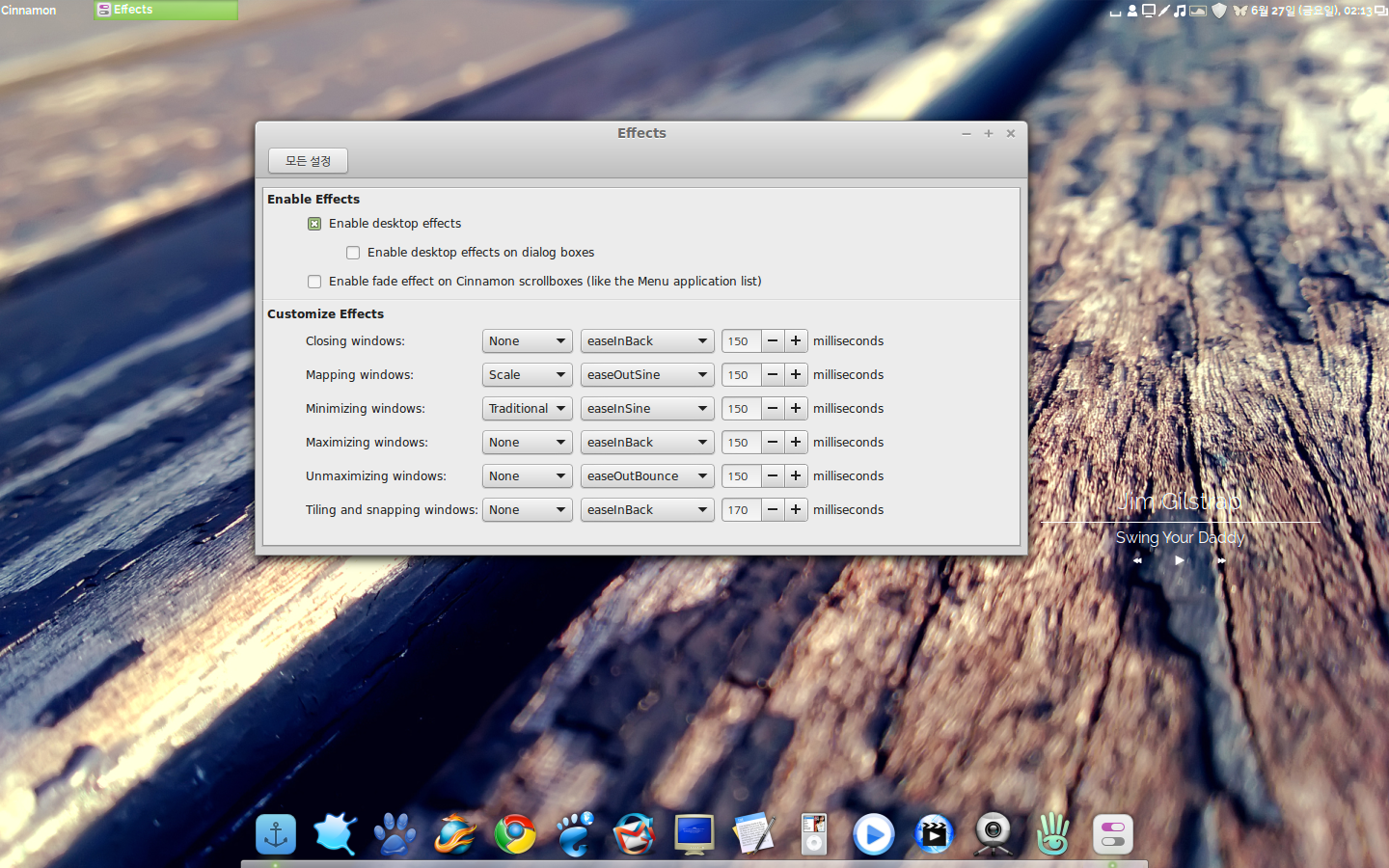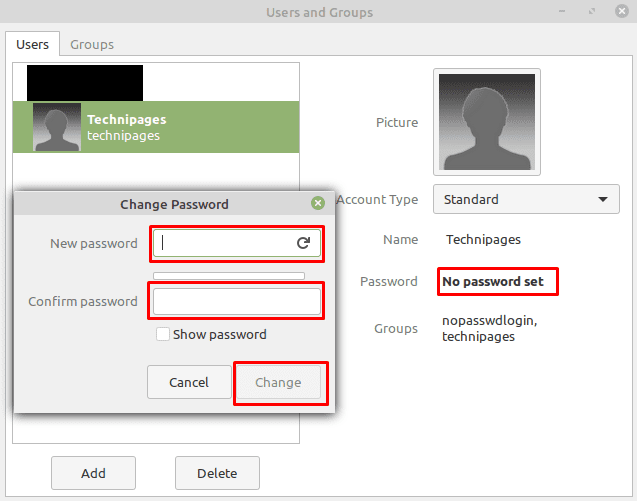

#ADDING DESKLETS MATE WINDOWS#
The windows tile without any animation or delay, making things feel incredibly fast and like you can just get work done.Ĭinnamon is an excellent desktop environment, but there are some negatives to it. Plus, once a window is half-tiled to one side, you can quarter-tile it by pressing Up or Down. By holding down the Super key and pressing Left, Right, Up, or Down, you can half-tile windows to the left, right, top, or bottom of your screen. Keyboard Shortcuts in CinnamonĬinnamon also comes with great keyboard shortcuts, especially around window tiling. It’s the best parts of Linux without the worst parts: you have the choice and control without the overwhelming amount of freedom that some options give you. It makes space for you to move in and feel at home without overwhelming you.

The customization isn’t on par with KDE Plasma, but it’s much more thorough than other offerings. Almost every aspect of the desktop interface can be customized. You can customize the panel, the icon for the applications menu, the global theme, the accent colors, the icon theme, the window decorations, the window border, and so much more. While the default interface is Windows-like, you can easily move the panel around (or remove it if you want) and make it macOS-like/Ubuntu-like or any other style you like. The ways the apps are designed is partially why Linux Mint has a great reputation of being user-friendly.Ĭinnamon also has a great deal more customization right out of the box than its ancestor. Xed, the text editor, is like Gedit with some easier preferences and choices.
#ADDING DESKLETS MATE PLUS#
Many of the Cinnamon default X-Apps are like GNOME Core apps plus a little extra user-friendliness. It’s simple, elegant, minimal, and allows you to quickly write your script, text file, or readme without much hassle. A great example of this is Xed, which is Cinnamon’s take on Gedit from GNOME. The interface is simple but effective, and it gives you what you’re looking for without getting in the way. It’s quite similar to Windows in that way, but the feel of the applications is reminiscent of many GNOME applications. It’s a centralized location for you to start digging through everything the system has to offer, and it unifies all of the applications into logical categories and a universal access point. Searching “look” brings up the Themes app, giving you a way to have Cinnamon hear what you mean, not what you sayįor anything you need in Cinnamon, you simply open the applications menu and either look through the categories or start typing to search. Navigating the desktop is super simple the desktop puts you in the driver’s seat while not asking you to drive anything too unwieldy. Right out of the box, there are dedicated minimize and maximize buttons, all the window controls are on the right side of the window borders, and the application menu in the bottom left has categories and a powerful search function that not only searches application titles but also descriptions. If the aim was to create a DE that follows traditional paradigms, then the Linux Mint team has absolutely done that with Cinnamon.


The “Themes” application gives you a nice overview of all your look-and-feel settings and options, with tons of color choices available, with the options to change things around. Once you get over the initial “Wow, this looks like Windows,” you see that there’s been some work done on Cinnamon to make it feel distinct from both the GNOME backend and the Windows-esque appearance. There is also a screenlet that allows you to follow your friends tweets and post your own, and one to display your Google Calendar events on your desktop.Cinnamon has a classic, traditional paradigm, but with a distinct touch. You can add many different kinds of screenlets to your desktop, such as a wireless monitor, a network monitor, and a CPU meter. If you have more than one of the selected Screenlet open, you can close all of them by right-clicking on any one of that particular Screenlet and selecting Quit all s. To close a specific Screenlet, right-click on the screenlet on the desktop and select Quit this from the popup menu.
#ADDING DESKLETS MATE INSTALL#
You can also easily install Screenlets, get more Screenlets, launch installed Screenlets, close or restart all Screenlets, and quit the Screenlets program. You can quickly open the Screenlets Manager after you have minimized it by selecting Screenlets Manager from this popup menu. Right-click this icon to access options for the Screenlets Manager. When the Screenlets Manager is running, an icon displays on the panel. You can change properties for it just as described earlier.


 0 kommentar(er)
0 kommentar(er)
